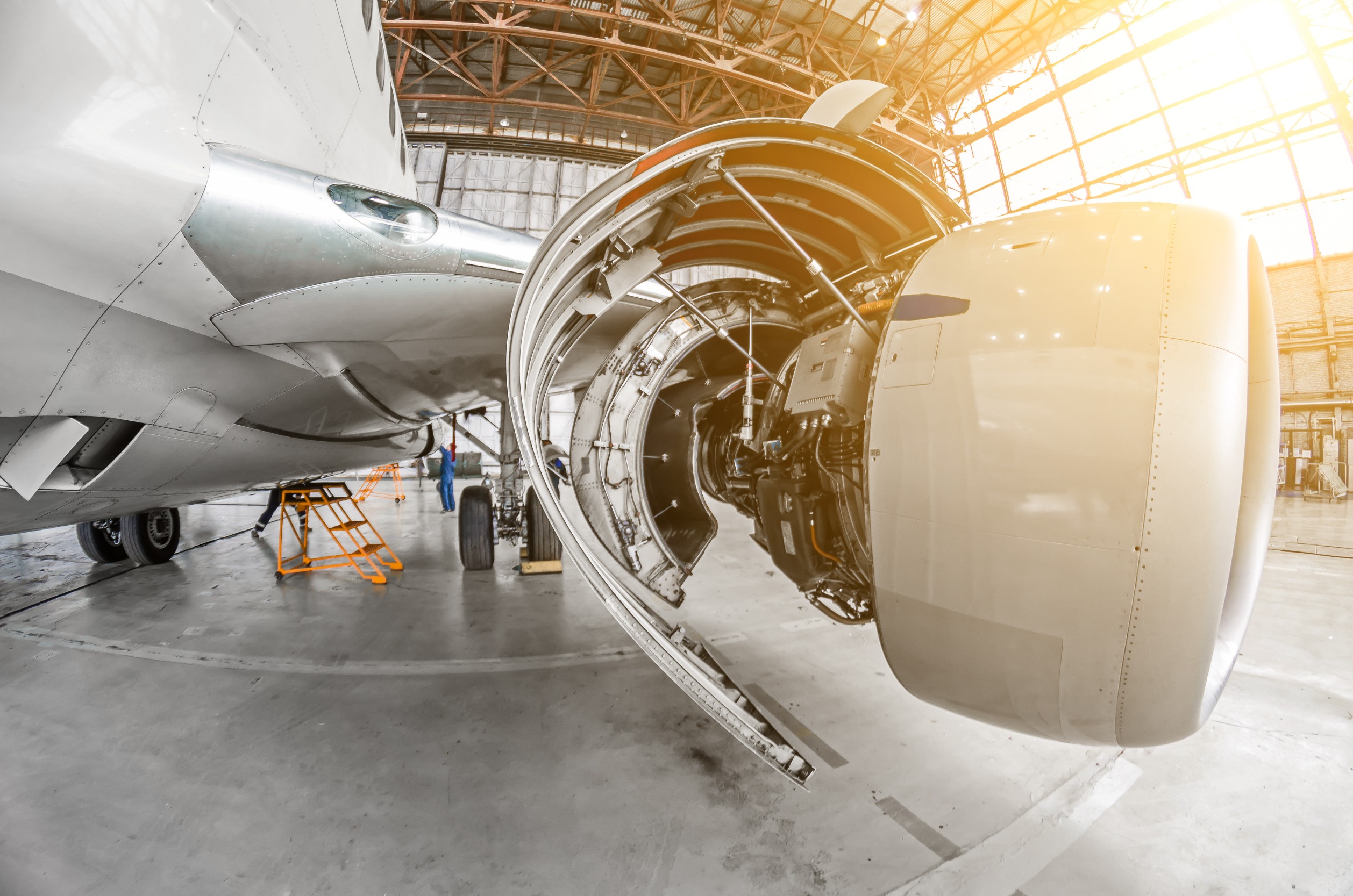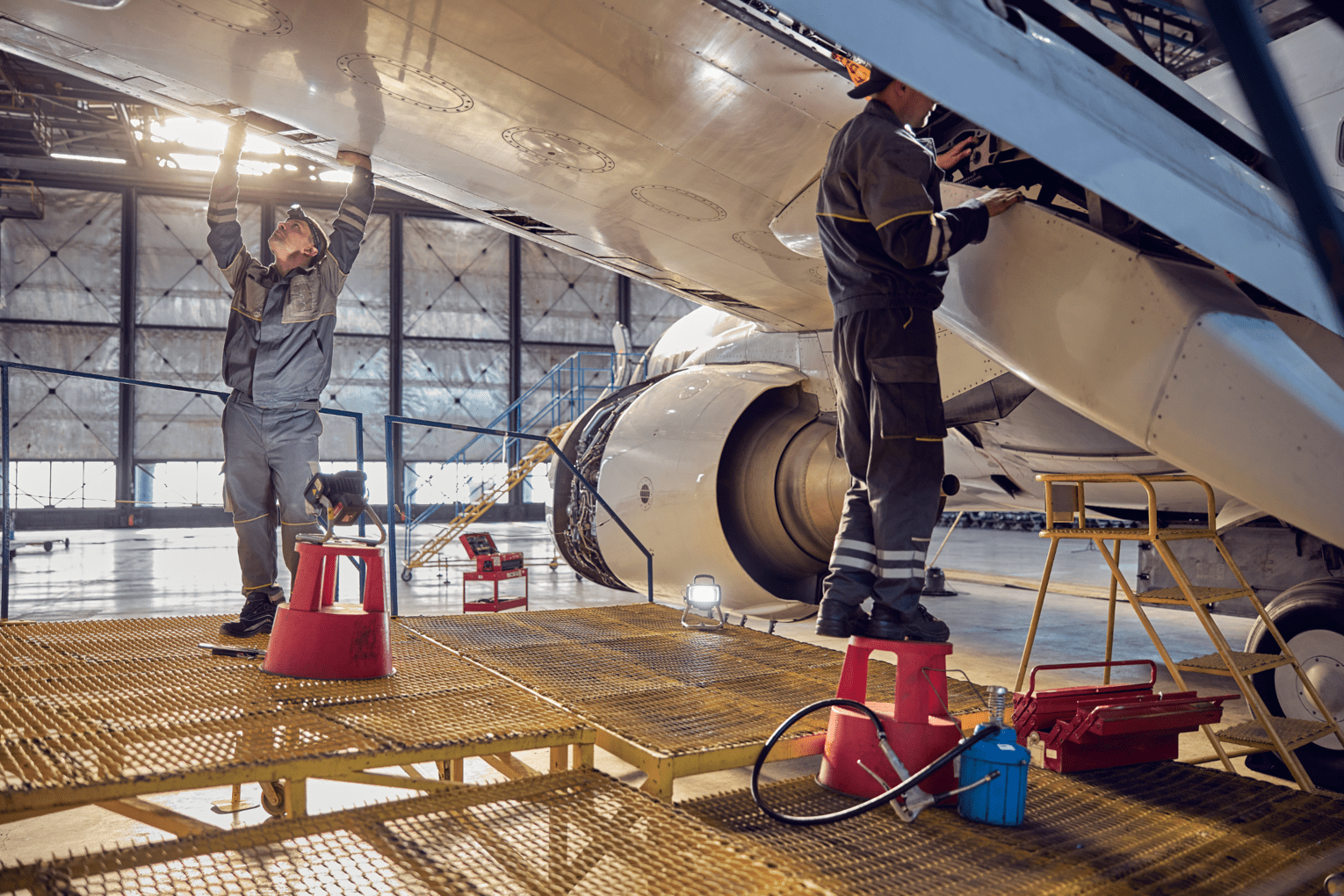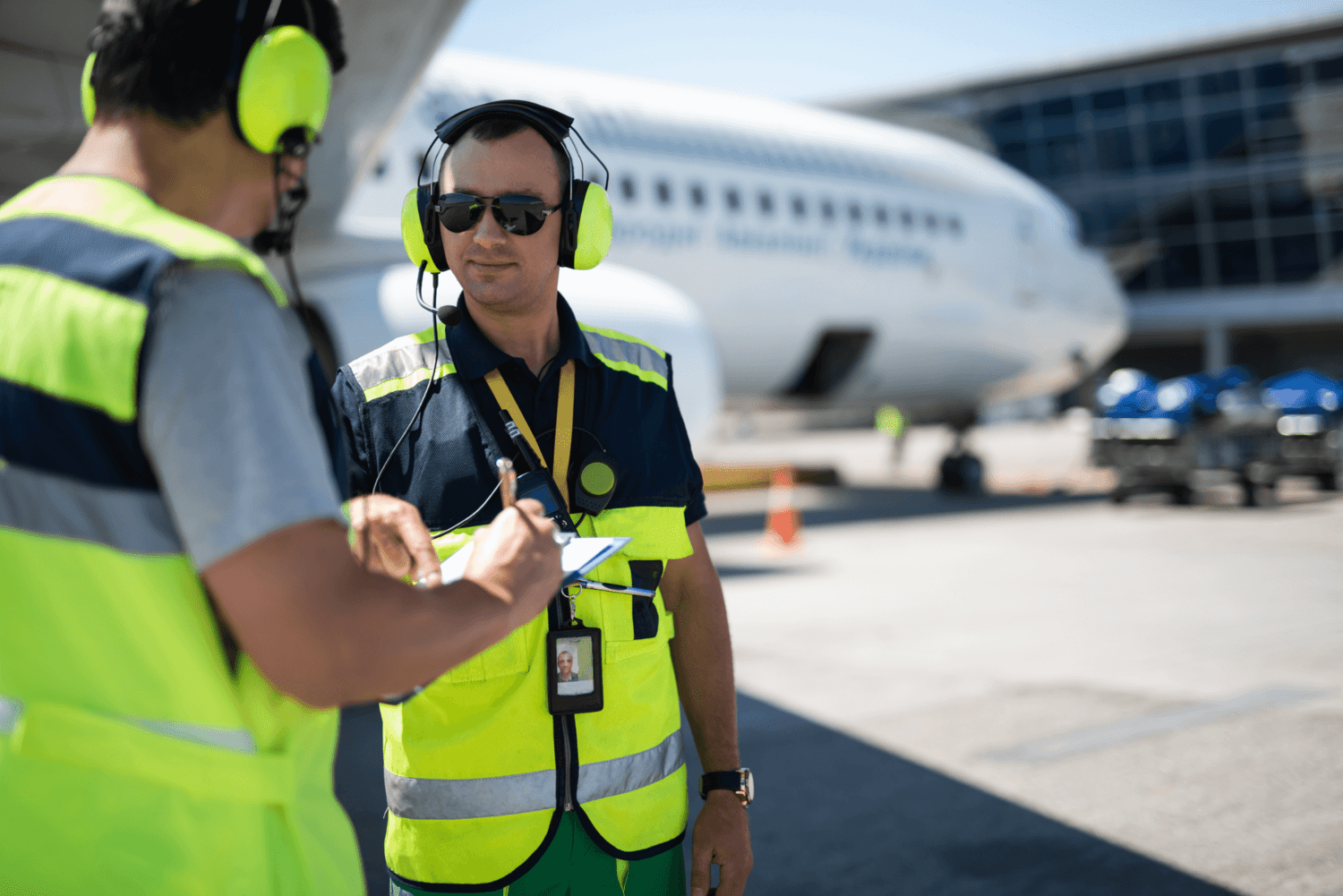
Release date : 2022-12-01
The airplane might never fly again, but there are still 1,200 parts on that aircraft with a solid retail value
In the course of the aircraft’s life, maintenance is required, and when costs become too high, it is retired from flight. It’s at this point that the technicians take over, removing parts such as landing gear, hydraulics, and even dropping engines to use their parts for repurposing. Even after the engine has run its course, there is still some life left in it!
Over the past few decades, the number of aircraft being retired has steadily increased. During the global economic recession that started in 2008, up to 900 aircraft were retired annually. The current rate is about 600 aircraft per year, and the rate can fluctuate up and down depending on business conditions. The average retirement rate is expected to continue to grow as an increasing fleet comes of age. Over 20 percent of the 27,000 commercial aircraft in service globally are older than 20 years and are likely to be decommissioned within the next decade. The number of commercial aircraft set to be retired over the next two decades is estimated to exceed 20,000.
The aviation industry historically has not paid much attention to circular dismantling and recycling. Until recently, aircraft recycling was almost nonexistent, polluting, and the majority of aircraft were rusting and decaying in aircraft graveyards. Furthermore, it was considered to be more economically attractive to just dump aircraft in these graveyards, rather than to invest in their meticulous dismantling and recycling.
However, in the last decade, aviation industries have begun leveraging the enormous economic and environmental benefits of dismantling and recycling aircraft and their parts, such as the airframe, fuselage, and engines. Although there are still gaps in the recycling and dismantling approaches among sectors – e.g. aircraft are still not designed with disassembly in mind, there is no uniform EU decommissioning regulation – the entire value chain is aligned with circular economy principles.
When a plane has reached the end of its lifecycle, its owner usually first considers the trade-off between direct resale and dismantling & recycling. Aircraft owners will also categorize aircraft parts according to whether they can be reused or not. The parts are then subsequently reused or dismantled and recycled. Raw materials and dismantled parts remain the property of the original aircraft owner.
Specialized aircraft end-of-life companies also store reusable spare parts for aircraft owners, maintaining them as necessary. Depending on the owner’s request, these specialized companies can also act as brokers to maximize revenue from recovered parts.
Removed aircraft parts are also placed in inventory, recertified and returned to the market in different conditions: as removed, overhauled, serviceable and repaired. Engines, avionics, flight control systems, engine control systems, thrust reversers, hydraulic systems, landing gear, safety equipment, wheels, brakes, pumps, and electric motors are commonly reused in other aircraft today.
Taking apart an entire aircraft, sorting all the components by type and reprocessing them is an art in itself. Dismantling engines and landing gear for spare parts, for instance, must be done professionally. Following that, all pollutants from hydraulic lines must be removed, such as extinguishing agents, kerosene, and oils.
With so much of the focus of the aviation industry on manufacturing new aircraft and maintaining or repairing existing aircraft, it can be easy to forget about an aircraft’s end-of-life and what happens when a plane is decommissioned. With the rise of “green aviation” practices, aircraft recycling has become an increasingly important part of retiring an airplane. To be truly successful as an industry, this problem requires whole system thinking. Reusability and recycling should be considered when designing a plane, from materials to construction methods. Airplane recycling should become streamlined and standardized, a seamless process. With collaboration and holistic thinking.


